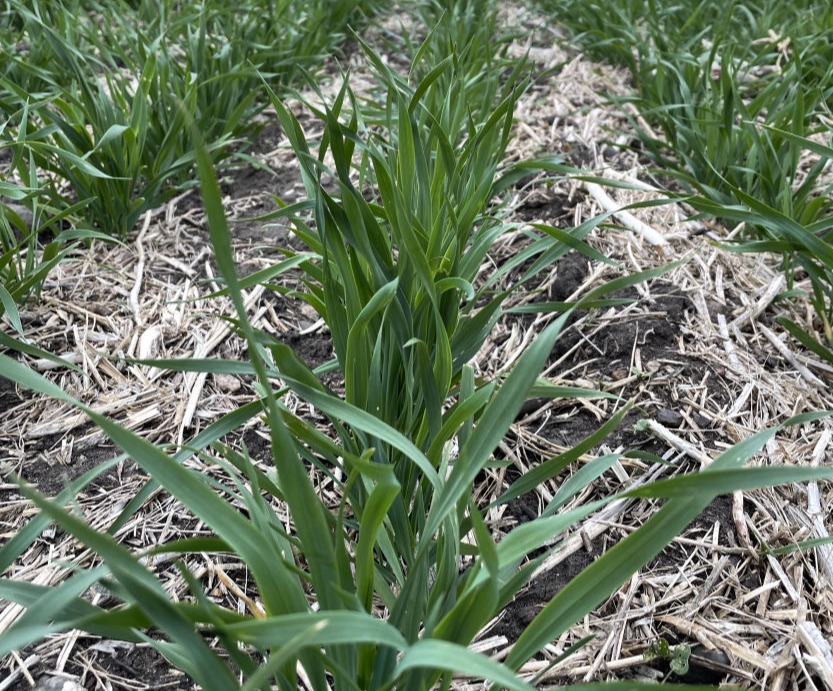
There are different application rates registered depending on the crop and application timing. Both products can be applied as a single or split application, as well as having the flexibility to be tank mixed with herbicide and fungicide. When applying with herbicides, precaution should be taken to avoid crop injury. Talk to us to figure out the best application rate, timing and tank mix partners that will work for your farm!
So, when should you use a PGR?! In conditions of high moisture and high fertility where lodging is a concern. They should not be applied in stressful conditions such as drought, water-logged soils and cool temperatures. Applying in these conditions can lead to crop injury. PGR’s goal is to reduce lodging, aid in harvestability and protect grain quality. It does not always result in a direct yield gain. Interested in using a PGR? Talk to the crew at Prairie Giants!